Hardy Fern Varieties (20+ Perennial Ferns That Will Survive The Winter)
Ferns are the staple of many shade gardens. This list of winter hardy fern varieties has lots of perennial fern species you can use — tall ferns, evergreen ferns, short ferns and even a few varieties that will grow in the sun.

After gathering some inspiration for the shade garden I’m planning to create this year, I realized that most of the pictures have ferns in them.
I love the lush look they give to the garden beds.
In the summer, I always have hanging baskets with Boston ferns and a few Japanese painted ferns in my garden, but I have never tried growing any other winter hardy fern varieties.
So I decided to do some research, and came up with a whole bunch of options.
Most of them are native plants that thrive in the shade…some are short, some are tall, some are evergreen and some will even survive in full sun! I didn’t realize that there were so many types of ferns.
While they do not have flowers, many have interesting fertile fronds (the fern version of seed pods)
Almost all thrive in acidic soil (which isn’t a problem in my area), and like moist soil. So I’ll need to make sure they’re well watered (which shouldn’t be a problem either as long as I set up some soaker hoses).
So here’s the list of winter hardy fern varieties I found.
Hardy Fern Varieties for Shade
Northern or Common Maidenhair Fern (Adiantum pedatum)

Light: Part to Full Shade
Zones: 3 to 8
Height: 8″ to 24″
The Northern Maidenhair fern is a native plant that likes moist but not wet soil and will not survive getting dried out. So watering is very important!
It has black stems that contrast with the light green foliage. And red fiddleheads in the spring that provide more color and interest.
This fern is quite easy to grow and spreads slowly by rhizomes. It can create quite a large colony if the conditions are right.
Southern Maidenhair Fern (Adiantum capillus-veneris)

Light:Part to Full Shade
Zones: 7 to 10
Height: 6″ to 20″
The Southern Maidenhair Fern is a native plant that grows in moist, well-drained soil and is deer-resistant.
It’s a fairly short plant that doesn’t have the typical fern-shaped fronds, but the delicate leaves are very pretty.
This fern prefers to grow in the crevices of limestone rocks where water is available. Which makes it perfect for a shade rock garden.
But it can also make a beautiful ground cover if enough moisture is present.
However, if the plant doesn’t get watered enough, it will go dormant in the summer.
Hayscented Fern (Dennstaedtia punctilobula)

Light: Part to Full Shad
Zones: 3 to 8
Height: 18″ to 30″
Next on the list of winter hardy fern varieties is the Hayscented Fern. It’s another native fern that gets its name because the fronds smell like freshly mowed hay if they are crushed.
This fern can grow in all kinds of soil types and can even survive dry conditions once it is established.
When it is happy, it can spread quite aggressively which makes it a good option for naturalizing in a woodland area. But it may not be the best option to grow with other plants in a garden bed.
Broad Beech Fern (Phegopteris hexagonoptera)
Light: Part to Full Shade
Zones: 5 to 9
Height: 12″ to 24″
The Broad Beech Fern is a native plant that has an interesting growth pattern. It puts up individual fronds along the length of underground rhizomes.
The plant can spread quite rapidly, but dies back in the winter or if it gets too much sun.
It is resistant to both deer and rabbits.
Cinnamon Fern (Osmunda cinnamomea)

Light: Sun to Full Shade
Zones: 3 to 9
Height: 24″ to 36″
Cinnamon fern is an easy-to-grow native plant that prefers medium to wet soil and can reach 5 to 6 feet high if given constant moisture.
.Sterile fronds are green and form a vase-shaped circle around the fertile ones.

The fertile fronds start as silvery, furry fiddleheads that turn into stiff chocolate brown spikes. Which add interest and color to the shade garden.
Cinnamon ferns are rabbit-resistant and are one of the few plants that will survive under Black Walnut trees.
Japanese Painted Ferns (Athyriumniponicum)

Light: Part to Full Shade
Zones: 4 to 9 (depending on the variety)
Height: 10″ to 15″
Japanese painted ferns are known for the beautiful colors of their leaves.
Depending on the variety, the fronds can be silver and burgundy (like ‘Pictum’) above.

Or a beautiful blue-silver color (like ‘Ghost’).

Or pink-tinged (like ‘Silver Falls’).
Like most ferns, Japanese painted ferns like moist (not wet) soil. But once established, this hardy fern variety is actually quite drought tolerant.
For the best colors, plant it where it can get some morning sun.
Japanese Tassel Fern (Polystichum polyblepharum)

Light: Part to Full Shade
Zones: 5 to 8
Height: 24″ to 36″
The Japanese Tassel Fern has dark green fronds that are semi-evergreen and grow from a central rosette.
It isn’t an aggressive species. And it is deer and rabbit-resistant.

New fronds have golden-copper hairs which is where it gets the name “Tassel Fern”.
Cut back the old fronds before the new ones come out to keep the plant looking fresh.
All of its outstanding qualities earned it the prestigious Award of Garden Merit from the Royal Horticultural Society.
Tall Ferns For Shade
Lady Fern (Athyrium filix-femina)

Light: Part to Full Shade
Zones: 3 to 9
Height: 24″ to 60″
Lady Fern is an easy-to-grow native plant with finely-cut, lacy fronds that can grow up to 5 feet tall.
It’s a deciduous perennial which will grow best in part to full shade and should not be allowed to dry out.
There are Southern and Northern varieties, so pick the one that will do best in your area.
Ostrich Fern (Matteuccia struthiopteris)

Light: Part to Full Shade
Zones: 4 to 7
Height: 48″ to 72″
The Ostrich Fern is another one of the native winter hardy fern varieties.
It’s a large plant that can add a tropical feeling to any garden.

This fern can be a little aggressive so plant it where it can spread.
The fiddleheads are edible.
Southern Wood Fern (Dryopteris Ludoviciana)
Light: Part to Full Shade
Zones: 6 to 10
Height: 36″ to 48″
The next one of our winter hardy fern varieties is the Southern Wood Fern which is a native plant with light green, bushy fronds.
It thrives in heavy, wet soil, high temperatures and humidity.
Because of this, it’s an excellent ground cover choice for Southeastern shade gardens.
Evergreen Fern Species
Autumn Fern (Dryopteris erythrosora)
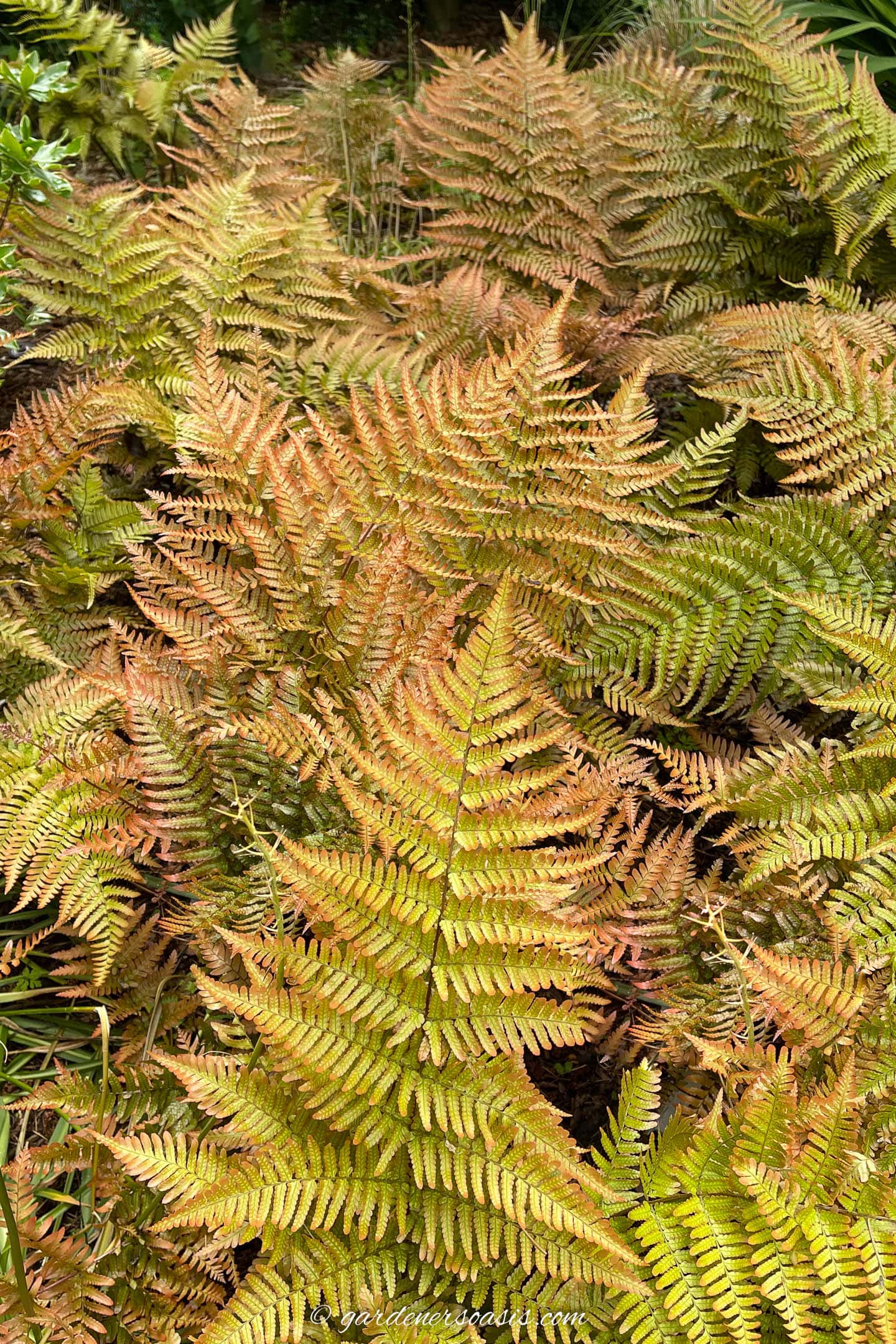
Light: Part to Full Shade
Zones: 4 to 9
Height: 24″ to 36″
With its frilly evergreen fronds, the Autumn Fern provides color in your garden all year round.
It has coppery pink fronds that emerge in the spring.
They mature to deep green in the summer.
And finally turn bronze in the fall.
This fern makes a great ground cover in your shade garden
Holly Fern (Cyrtomium spp.)

Light: Part to Full Shade
Zones: 6 to 10
Height: up to 30″
The Holly Fern has stiff, glossy, dark green fronds that look like holly (which explains the name).
As well as making a good border plant or ground cover, it also grows well in containers.
And will survive the salt air and saline water found in coastal areas
Male Fern (Dryopteris filix-mas)

Light: Part to Full Shade
Zones: 4 to 8
Height: 36″ to 60″
The Male Fern is a tall perennial that makes an excellent specimen plant. It is semi-evergreen in colder climates and evergreen in warmer regions.
Like most ferns, this plant requires consistent moisture to stay healthy. But other than, it’s easy to grow.
Protect it from wind to keep the large fronds looking good.
This fern variety is also rabbit-resistant and will grow in clay soil.
Marginal Wood Fern (Dryopteris marginalis)
Light: Part to Full Shade
Zones: 3 to 8
Height: 18″ to 24″
The Marginal Wood Fern is a native plant that features grayish-green, deeply cut, leathery fronds.
This fern forms a non-spreading, vase-shaped clump that makes an excellent addition to the shade garden.
With its evergreen leaves, it works well in groups or as a specimen plant.
Christmas Fern (Polystichum acrostichoides)
Light: Part to Full Shade
Zones:
Height: 24″ to 36″
The Christmas Fern is a native leathery plant that has glossy, green fronds year-round.
Which is how it got its name…it stays green all the way through the holidays.
This is a clumping form that does not spread and works well with other plants in the shade border.
Christmas fern is also deer, rabbit and drought resistant (once established).
Western Sword Fern (Polystichum munitum)

Light: Full Shade to Part Sun
Zones: 5 to 9
Height: 36″ to 72″
Next on our list of winter hardy fern varieties is the Western Sword Fern.
It has glossy, leathery, dark green, evergreen foliage that forms large clumps with many long fronds in shady areas.
This fern does better than most in dry, arid conditions (after the first year) and is deer resistant.
Korean Rock Fern (Polystichum tsus-simense)
Light: Part to Full Shade
Zones: 7 to 9
Height: 10″ to 15″
The Korean Rock Fern is a small, well-behaved, evergreen fern that makes a great addition to the front of your shade garden border.
Its shiny dark green fronds are a good contrast for other shade perennials with chartreuse or silver leaves.
This fern is poisonous if ingested so avoid it if you have pets that like to chew on plant leaves.
Ferns for Sun
Although most of the ferns in this “for sun” list prefer to be grown in the shade, they can do quite well in the sun provided they have enough water.
Ebony Spleenwort (Asplenium platyneuron)

Light: Part Shade to Sun
Zones: 3 to 8
Height: 6″ to 20″
Ebony Spleenwort is a small native fern that has some very un-fern-like characteristics.
It is the only one of the winter hardy fern varieties that prefers drier conditions, rocky soils and can grow in the sun.
The name “ebony” refers to the stalk that turns black with age.
With this fern, the sterile and fertile fronts look like totally different plants. The sterile fronds are 2″ to 6″ long and are evergreen. The fertile fronds are 12″ to 24″ long and are deciduous. It’s almost like two plants in one 🙂
Interrupted Fern (Osmunda claytoniana L.)

Light: Full Shade to Sun
Zones: 3 to 8
Height: 20″ to 40″
The Interrupted Fern is a is a large, vase-shaped native plant that gets its name because its fertile fronds are “interrupted” by spore-bearing leaflets in early summer.
They are fairly flexible in terms of soil and sun.
Apparently, these ferns prefer dappled sunlight, but can also grow in full shade and even in full sun. They occur on both wet and fairly well-drained sites and acid to neutral soil.
It’s very similar to the Cinnamon Fern (above) but more flexible in terms of growing conditions.
Royal Fern (Osmunda regalis)

Light: Full Shade to Sun
Zones: 3 to 9
Height: 36″ to 72″
Royal Fern is a native fern that has unique, delicate, bright green fronds that often have a silvery cast.
While it prefers the shade, this plant will grow in the sun given lots of water.
It likes water so much, it can actually tolerate growing in standing shallow water.
Southern Shield Fern (Thelypteris kunthii)

Light: Sun to Full Shade
Zones: 6 to 9
Height: 24″ to 36″
The Southern Shield Fern is a native plant has gracefully arching fronds that are lime to medium-green in color and look like stereo-typical fern leaves.
This winter hardy fern variety is deer resistant, and loves heat and humidity. Which makes it perfect for the South.
It makes a good ground cover which is evergreen in frost-free areas and semi-evergreen everywhere else.
Other shade garden ideas you might like
- Deer Resistant Plants That Love The Shade
- Shade Loving Shrubs: 11 Beautiful Bushes To Plant Under Trees
- How To Design A Stunning Shade Garden (With Pictures)
- 21 Stunning Perennial Ground Cover Plants That Thrive in the Shade
- What to plant with Hostas
Do you have any other suggestions for winter hardy fern varieties? Tell us in the section below.
Pin It So You Don't Forget It!

This post was originally published on March 10, 2020 but was updated with new content on November 23, 2024.

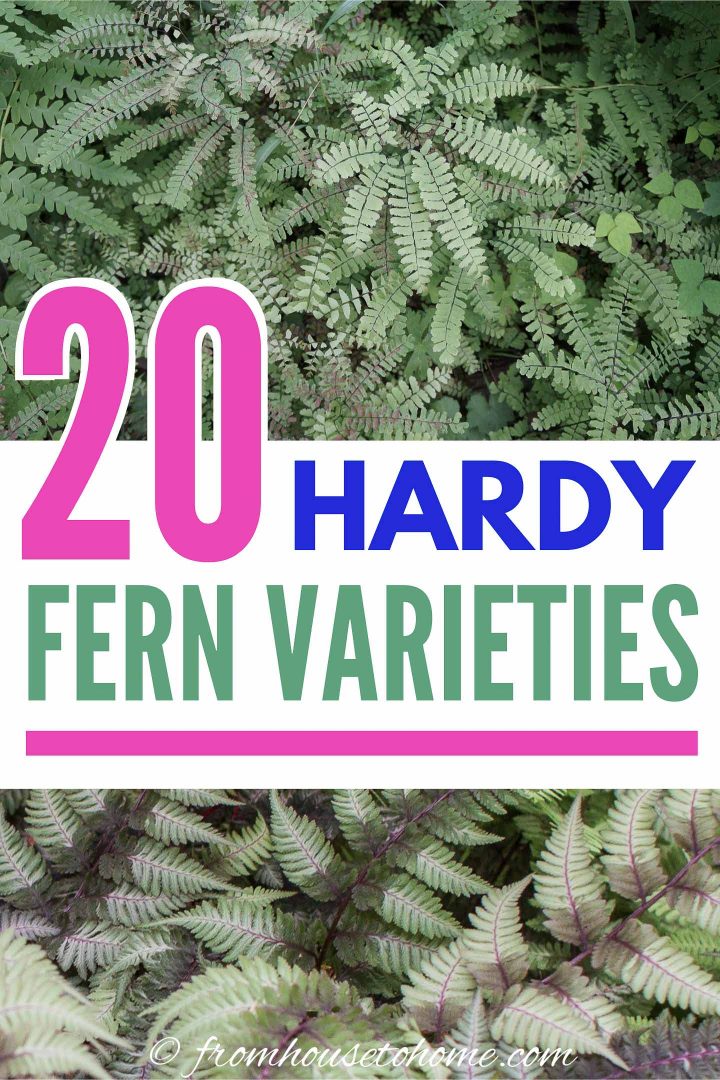
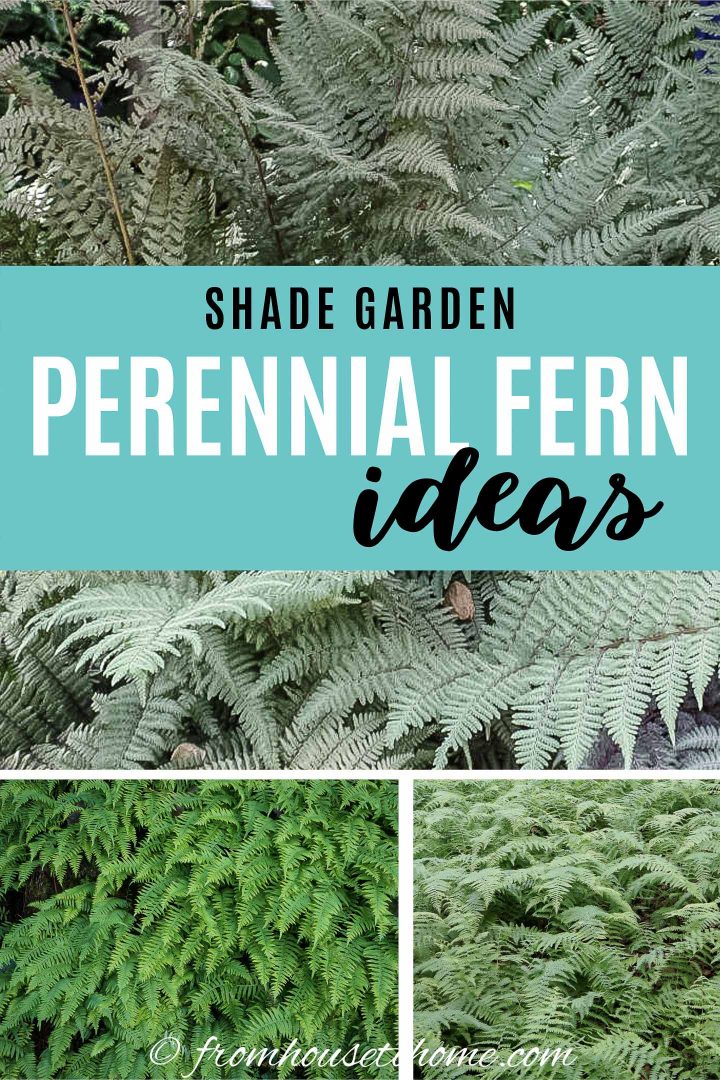















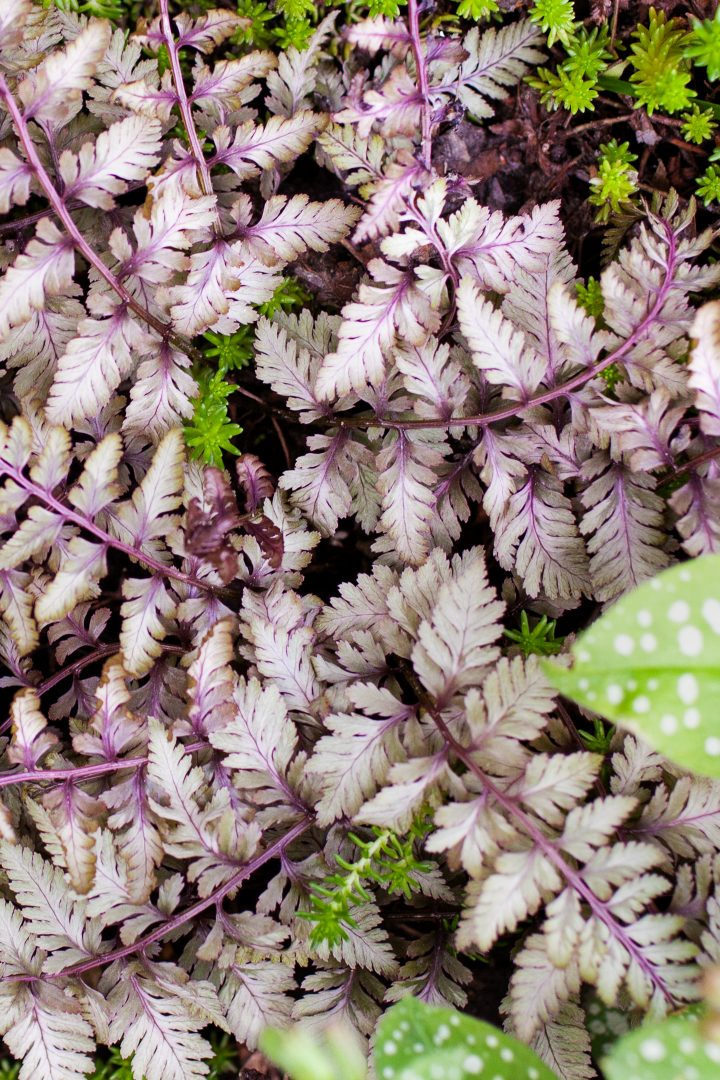

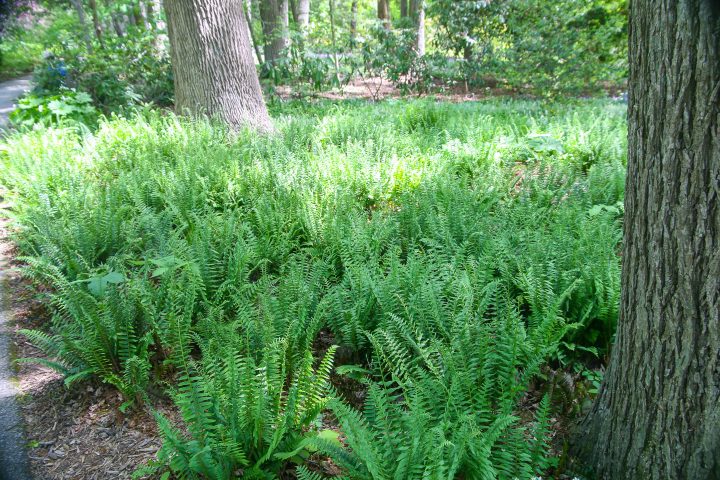
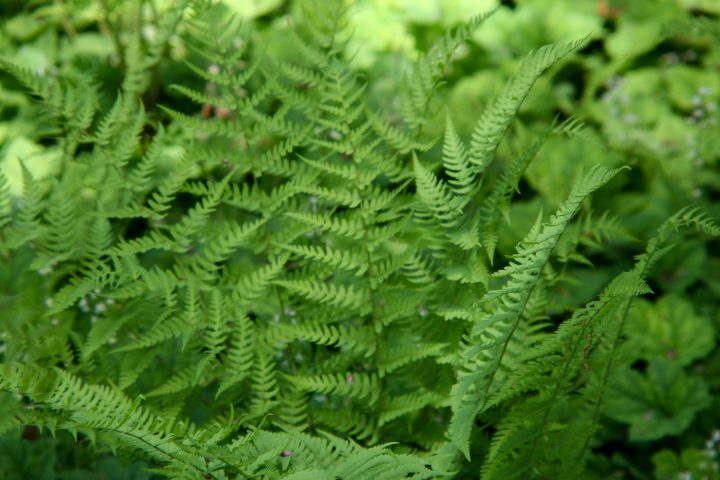
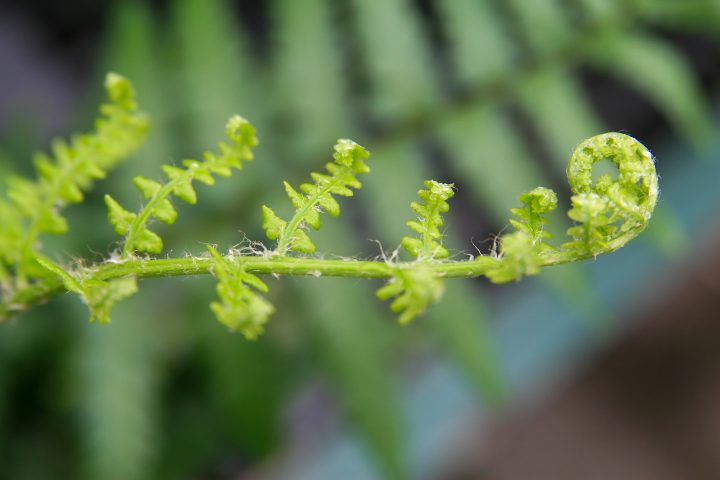
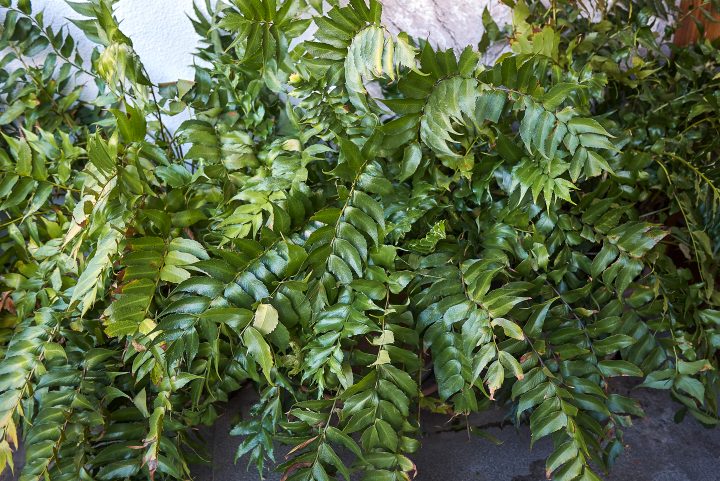
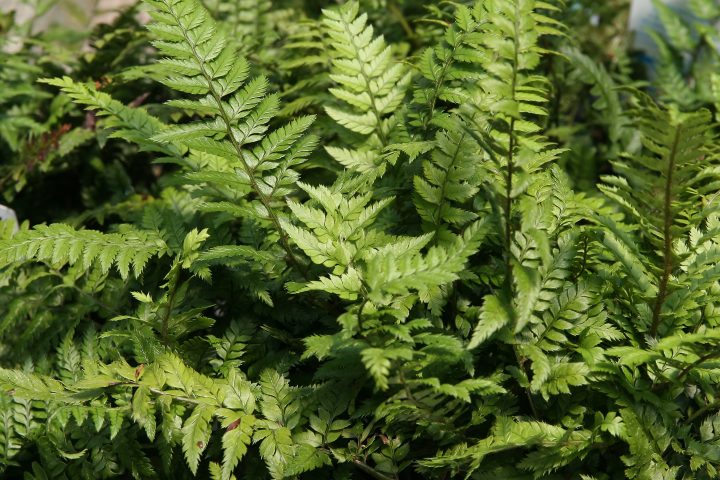
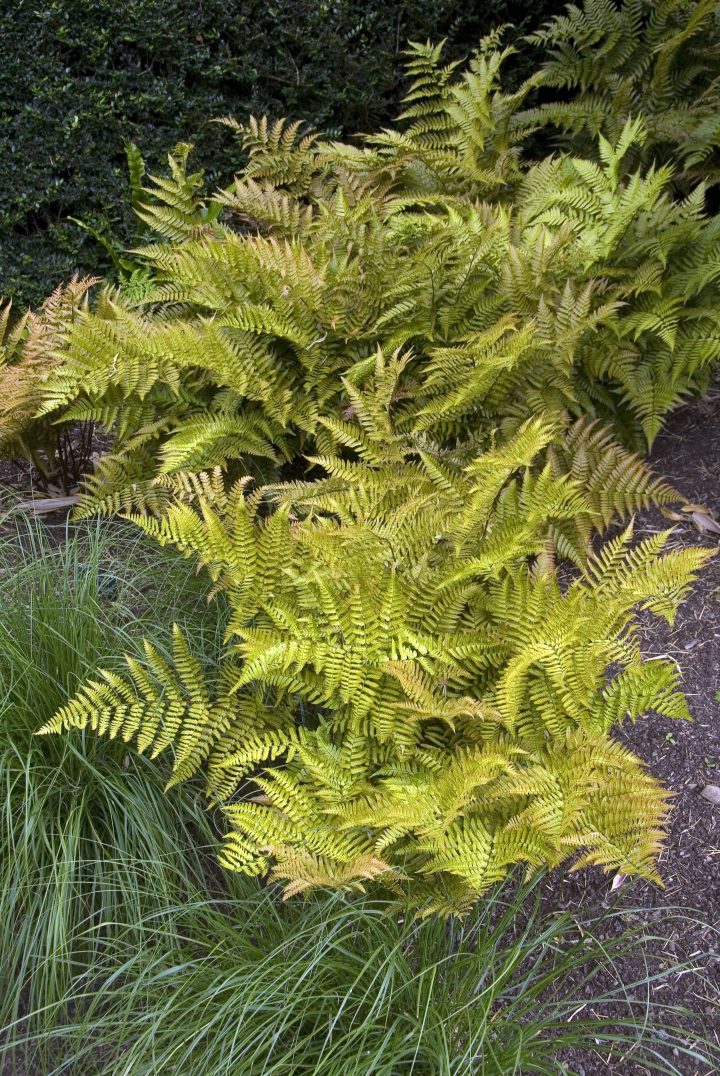
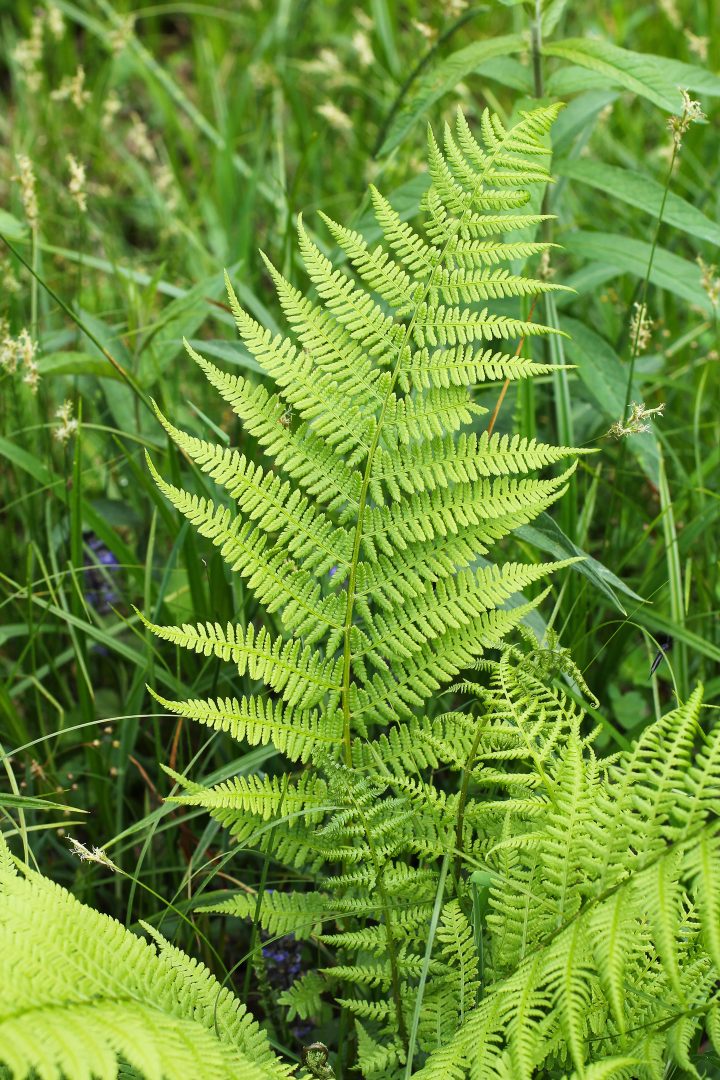
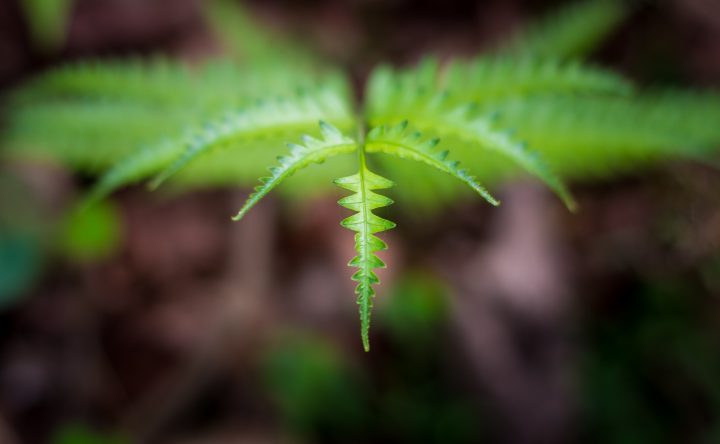


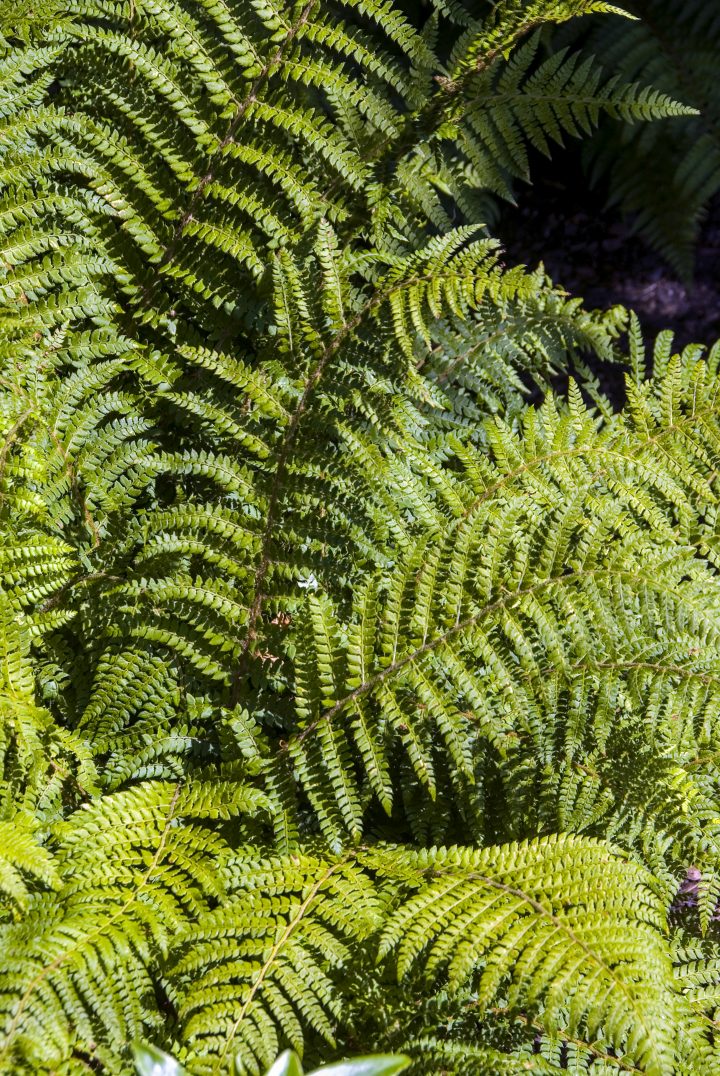
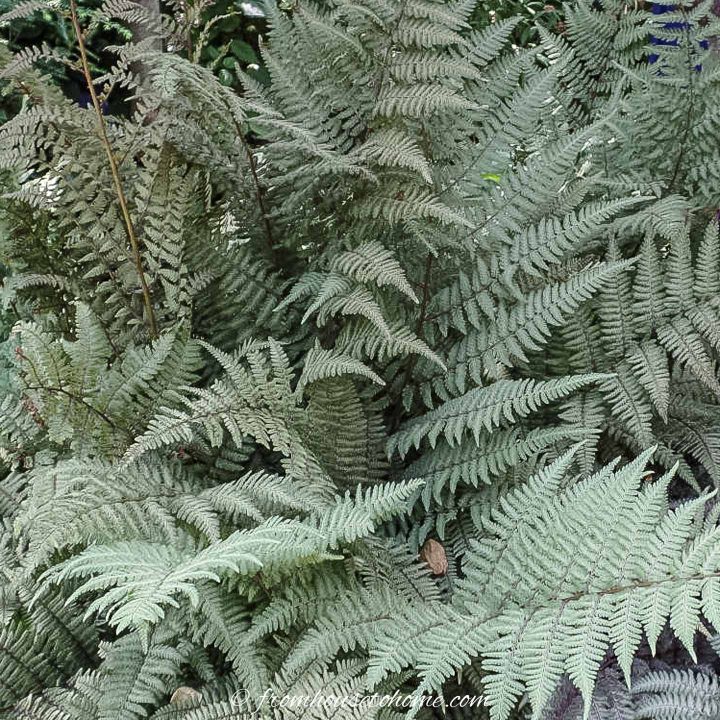
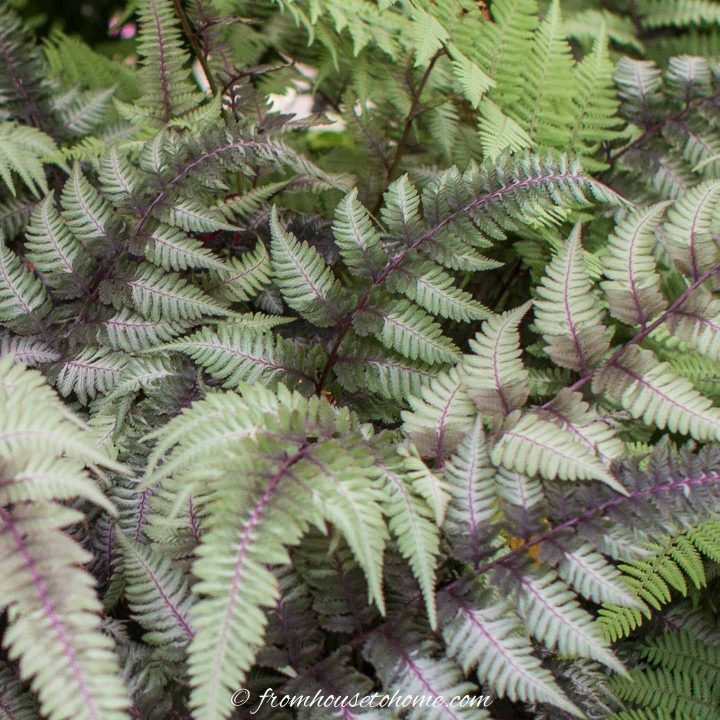
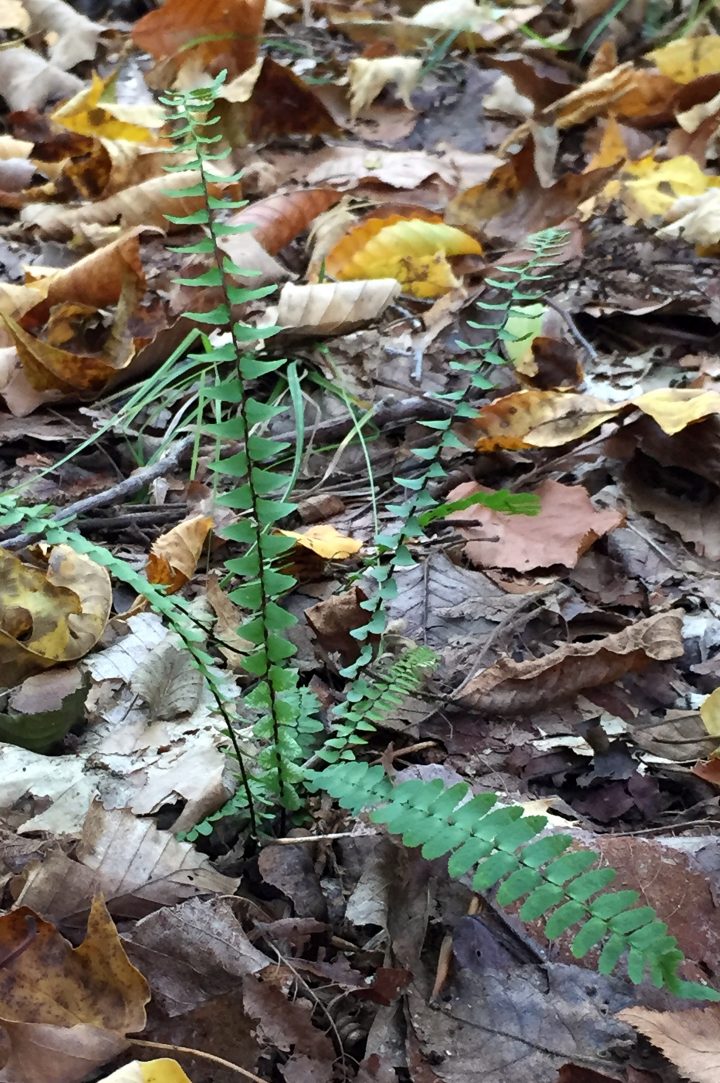

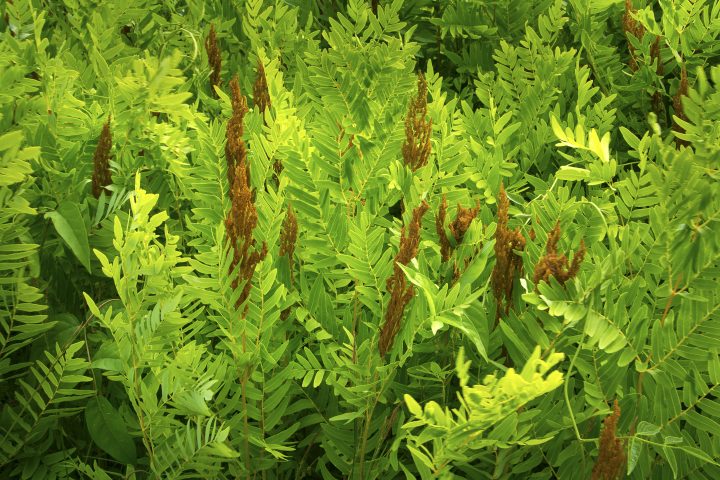

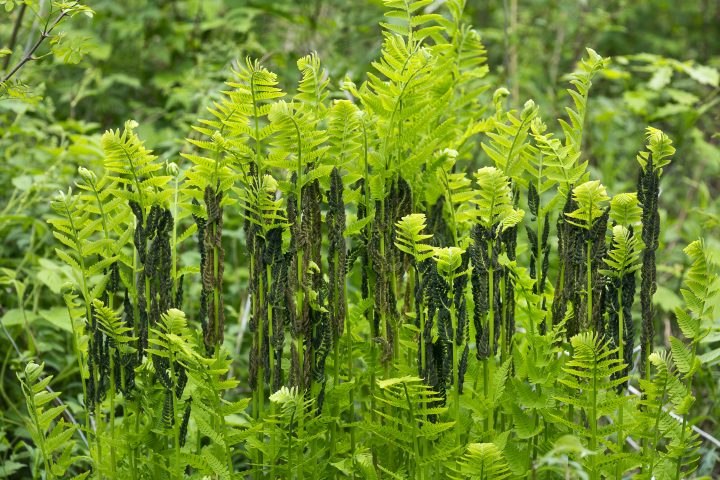
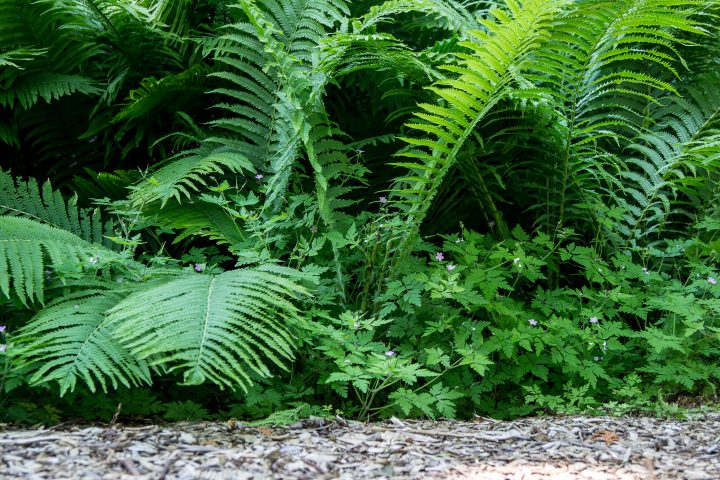
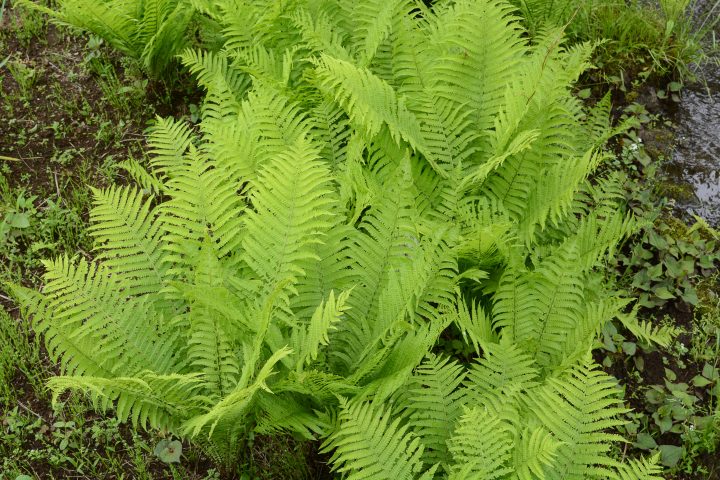
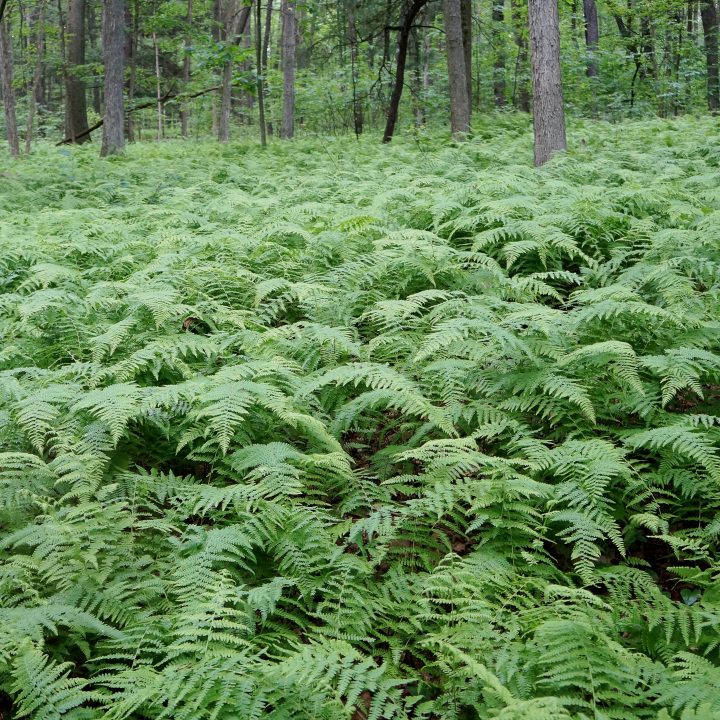
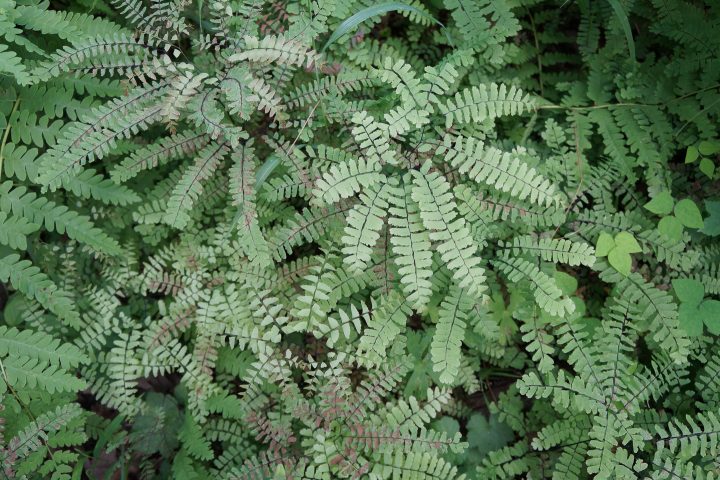

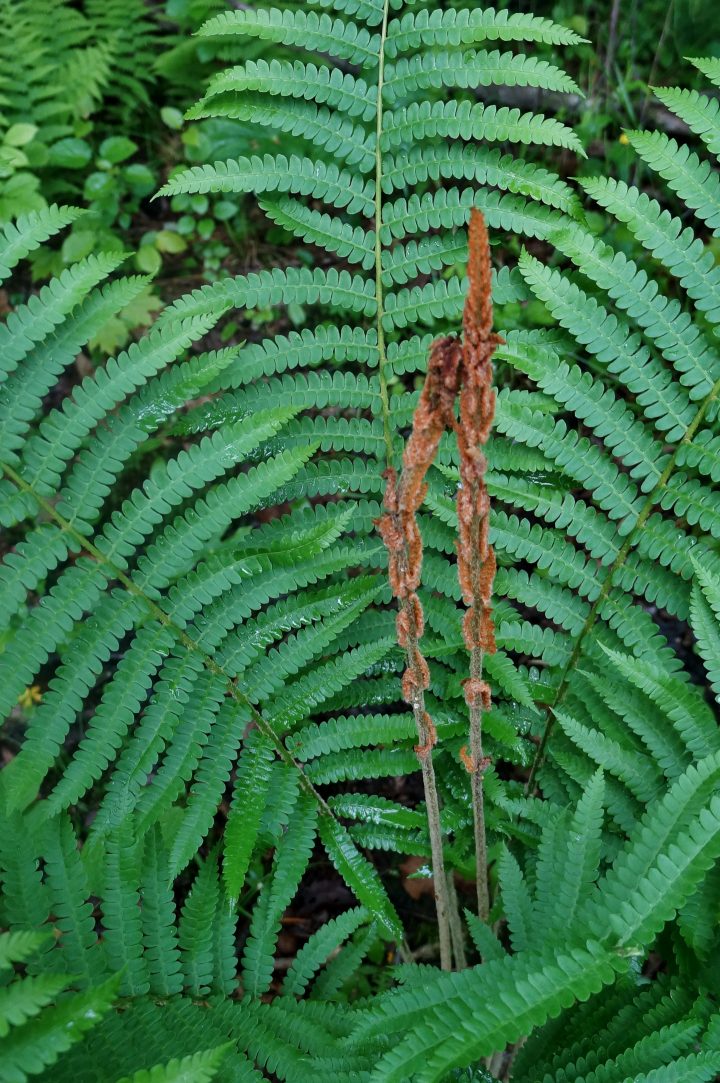














Your information is AMAZING thank you
Thanks, Stella! I’m happy you found it helpful 🙂
Sensitive Fern. In a pot overwinters in the garage in mid Michigan and is beautiful.
Thanks for the suggestion, Janice! I’ll have to look into that one 🙂
I live in the woods with lots of wildlife, ie, deer, rabbits, squirrels and chipmunks. Looking for anything I can grow to add interest and color without feeding the critters my plants.
Hi Debbie…Deer and rabbits can be a challenge! They’ll pretty much eat anything if they’re hungry enough 🙂 If you haven’t seen it, I do have a list of deer-resistant plants that might help: https://www.fromhousetohome.com/gardenersoasis/deer-resistant-shade-plants/
I am extremely happy 😊 this morning because of this article and I will definitely be out shopping for shade Ferns. I have been trying for years to get my Backyard looking like something other than dead. I need some help 😩 😫 finding plants that will flourish in both Shade and Clay. Yes! I have worked with the soil (CLAY) until I’m almost crazy and I’ve finally accepted the fact that it is what it is. Tons of container gardening. I will be most grateful for any assistance. Stay safe everyone. Barbara
Hi Barbara…for shade and clay, try dogwood shrubs (not the trees) or smooth hydrangeas for bushes; toad lilies, hellebores, hostas and coral bells for perennials.
Great info, thank you. I’ve been trying to determine the best hardy fern to plant in a large raised garden. It’s about 2 1/2 feet high, and bordered by stone, approximately 3 feet across and 12 feet long, and is light shade. I’ve been doing elephant ears and digging them up every fall. By the time I’m confident that the last frost has passed, they get a late start thus very little time to enjoy them. I’m hoping I can leave hardy ferns in over winter and solve the problem. Any thoughts you have would be welcomed.
Hi Ann…depending on how big you want your ferns to get, you can try Ostrich ferns (4′ to 5′ tall), Cinnamon fern (2′ to 3′ tall) or Japanese painted ferns (1′ to 2′ tall). Or plant all three kinds if you want a more layered look.
I’m sorry, I should have added that I’m in zone 5 or 6 depending on which zone map I use.